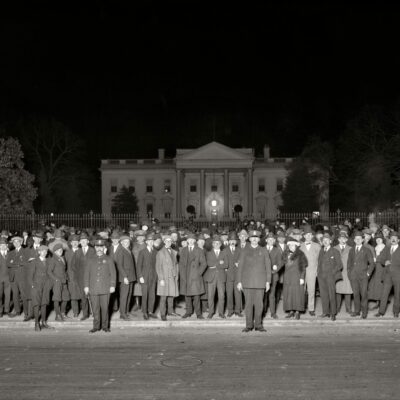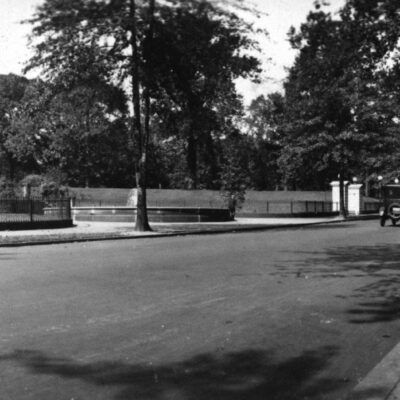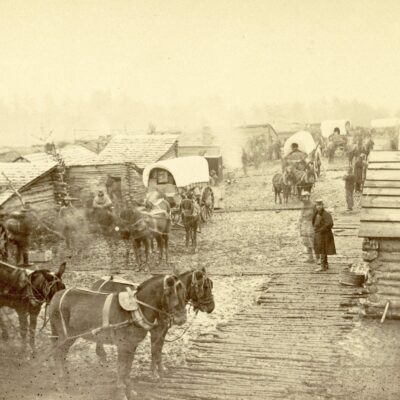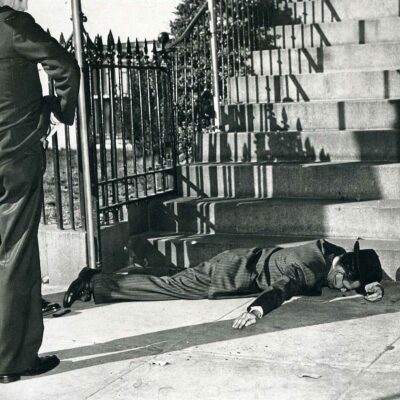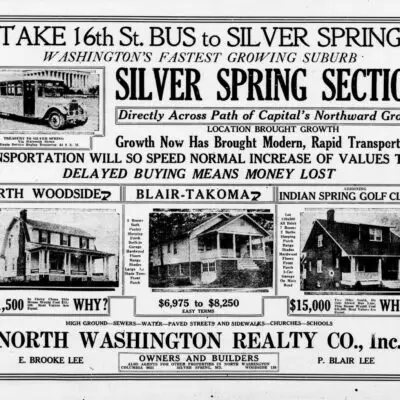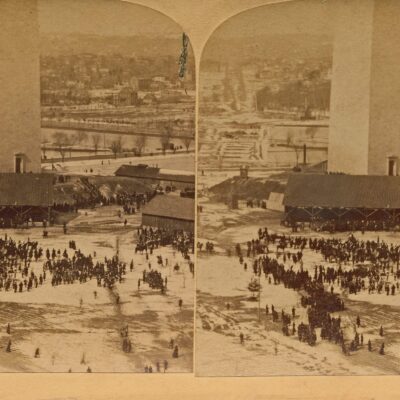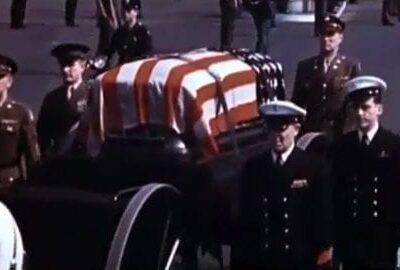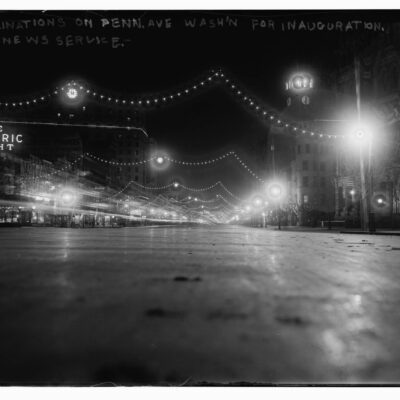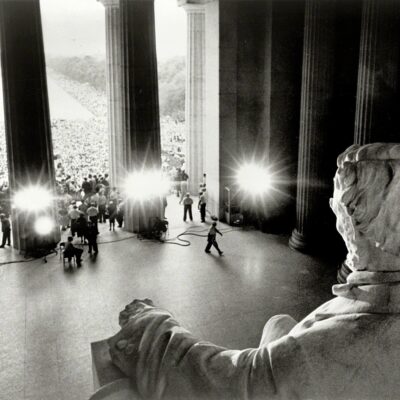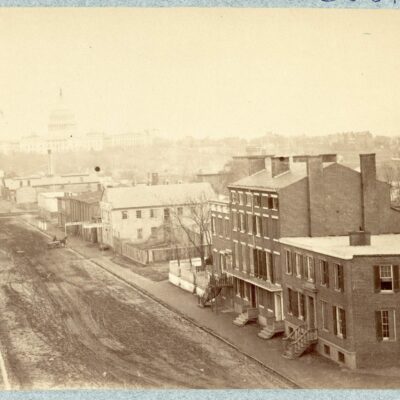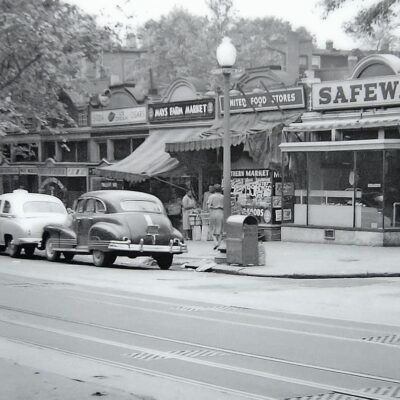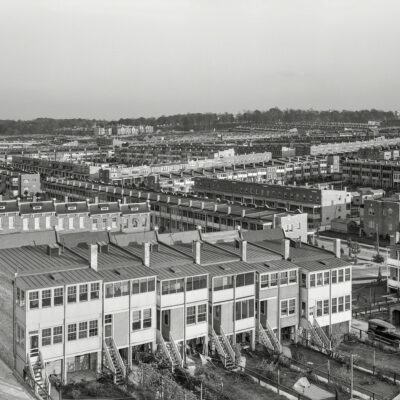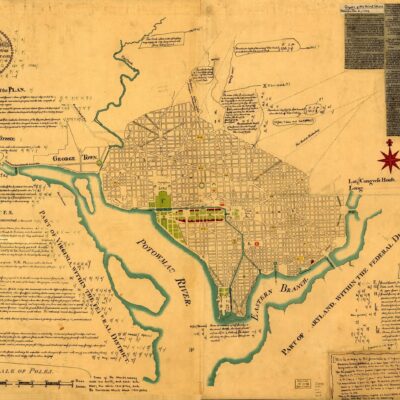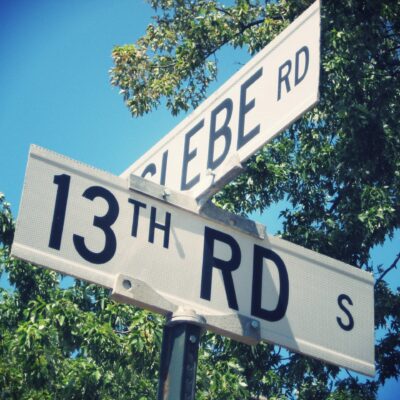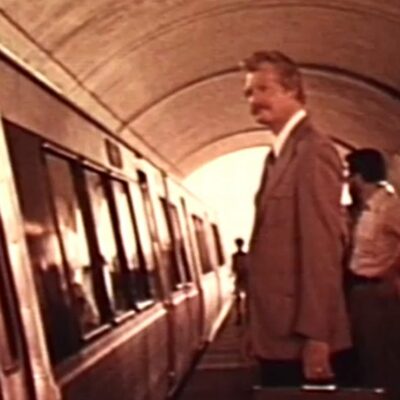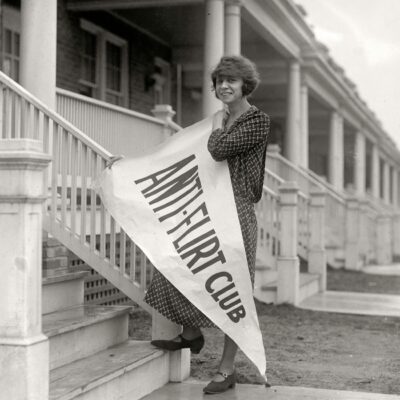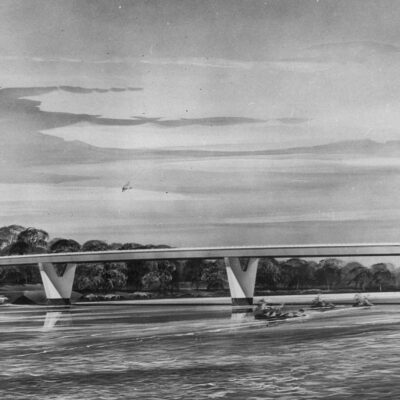Our buddy and early GoDCer John has an excellent book out on Frederick Douglass. If you haven’t checked it out yet, you should. He’s an excellent writer and he was kind enough to share an excerpt with the GoDC community.
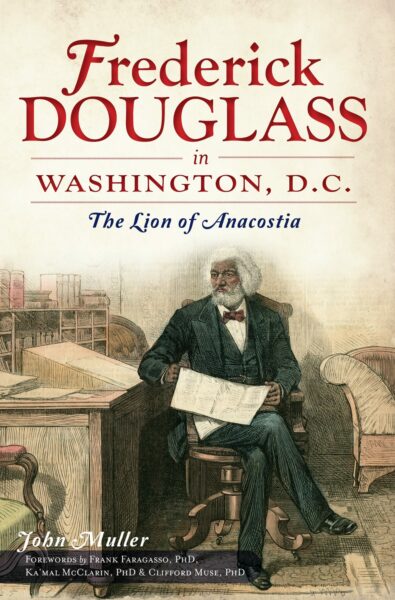
There is no record of a lynching having ever occurred within today’s city limits of Washington, D.C. If the malediction of a lynching was ever to befall 19th century Washington, potentially precipitating a rebellion far beyond the effect of the Snow Riot or the violence of the Pearl Affair, where a mob threatened to raid the offices and destroy the presses of the abolitionist newspaper the National Era, it almost happened on the watch of United States Marshal Frederick Douglass.
On Saturday, February 28, 1880, the Evening Star, continuing its coverage of the murder trial of George P. Hirth, reported, “A White Lady Outraged by a Negro. Knocked Down on Her Way to Church. Her Life in Danger.” The short article read, “The worst feature of it is that she cannot identify the perpetrator, as it was too dark when it occurred, and there is very little probability that he will ever be known.” On Saturday evening, detectives, after receiving eyewitness accounts, “proceeded by back streets to the corner of 7th street and Maryland avenue northeast.” They were joined by an additional police squad and excitable citizens of a recently formed “vigilance committee.” A lieutenant warned the citizens to “go home and keep quiet.” They refused to disperse.
No signs of the accused were found, and the crowd seemingly went home. “Several ropes were carried in the crowd,” noted an Evening Star reporter, “and it is pretty safe to say that had the right party been discovered that night all expenses of a trial would have been saved the government.” Clandestinely canvassing the neighborhood, searching homes known to house blacks, the police found their man. But he was the wrong man; he was too short, according to witnesses. A further description of the assailant satisfied detectives that they were looking for Tom Smothers, “suspected of being the guilty one” in “similar cases of outrage two years ago.”
Early Sunday morning, the police arrested Smothers without incident on Eleventh Street Northeast, between F and G Streets, taking him to the Seventh Precinct. Several witnesses had positively identified Smothers; he claimed he had been at home with his wife during the time of the alleged crime. Staying one step ahead of the clamoring bloodthirsty mob, police took Smothers at sundown through a back exit and transferred him to the Sixth Police Precinct on Massachusetts Avenue, where he was photographed. In the morning, he was taken to the police court and charged with rape. He was denied bond.
Meanwhile, with rumors circulating that the young woman had died, separate mobs gathered en mass outside the police court and police headquarters on Monday. The Washington Post reported, “Threats of lynching Smothers were freely made, and in this feeling the colored people fully concurred.” With calls for popular vengeance administered with a hangman’s cord reverberating through the streets of both black and white Washington, demonstrators “anxious to know every particular” were playing catch-up. By one o’clock on Monday afternoon, nearly one thousand men had gathered around the police court with pronouncements that “a large gathering of both young and old men at different points on the hill” was ready to intercede with Smothers’s jail transfer. According to the Star, “Even members of the bar who heretofore have been opposed to capital punishment openly advocated the immediate procurement of a rope and its prompt use.”
Mounted police were summoned and helped scatter the crowd. The crush of the surge was so intense that a railing in front of the steps of the courthouse gave way. Along with “some other jail birds,” Smothers was loaded into the prison van, “and in a minute the horses were off in a gallop up Louisiana avenue, the vehicle being surrounded with mounted police.”
In pursuit of the van was a crowd of several hundred “rough-looking men,” while the remaining assemblage milled around the courthouse in disgust at “the sudden and effective manner in which the prisoner had been snatched from their grasp.” The police had hoodwinked the cabal and were cursed “for doing their duty so well.” Smothers arrived at the jail without incident, the cool and deceptive hand of the police and marshal’s office keeping the lynch mob from knowing where Smothers was at the most sensitive times. According to standard procedure, on Smothers’s jail transfer was the signature “Fred K. Douglass, U.S. Marshal, D.C.”

A meeting at McCauley’s Hall on Capitol Hill, where “violent speeches were made” with one of the “speakers illustrating his remarks by displaying a rope,” adjourned just before ten o’clock that night. Under the lead of an ex-policeman, a party of a couple hundred men put on their coats and hats and started out for the city jail at Nineteenth and B Streets Northeast. “On the way constant accessions were received,” and by the time the group arrived at the jail, their numbers had swollen to nearly one thousand strong.
The crowd demanded that the warden turn over Smothers. They were denied. The warden made it clear that “Smothers was now in the hands of the law, and should be legally tried and punished.” Exasperated, the mob, “after looking at the jail for about ten minutes,” returned to the city, pledging to make a late-night return. An extra police detail was posted at the jail; the group failed to regather. An editorial in the Evening Star stated flatly, “The people of Washington must keep up their reputation as a law-abiding community even under the present terrible provocation.” There was confidence that Smothers would “not escape punishment in our courts; and there is no danger that he will fail to receive the full penalty of the law.”
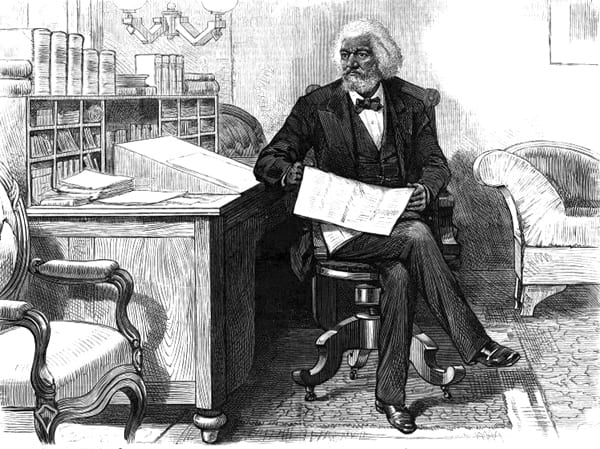
In speaking with a reporter, Marshal Douglass advised “the colored people to form vigilance committees in every district.” Douglass had a unique and personal perspective on the value of vigilance committees. It was David Ruggles, secretary of the New York Vigilance Committee, who more than four decades before had received and sheltered Frederick Douglass, fresh from his escape from slavery in September 1838. Douglass, speaking for middle-class, propertied, black Washingtonians, said if the black communities of Washington “did not put an end to these crimes” that “white people would rise and massacre them,” according to the Washington Post. Speaking forcefully, Douglass, in his official position as marshal, “could not identify himself with the vigilance committees but he intended to make it a point” in his personal affairs about town to “tell the leading colored citizens here that they must take some decided action deprecating the brutal acts, which have been committed by those of their race, or look with quietness on any acts of violence which the white people may be led to commit.”
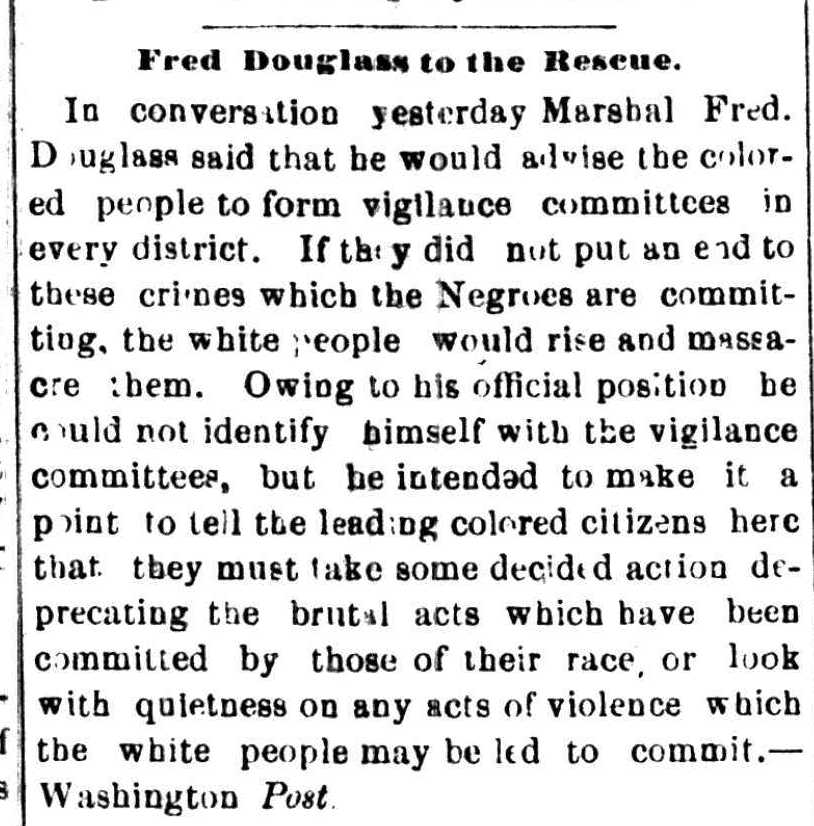
The People’s Advocate, the city’s leading black newspaper at the time, reprinted Douglass’s remarks under the heading, “Fred Douglass to the Rescue.” In late April, Associate Justice Charles P. James sentenced Smothers to thirty years of hard labor in the penitentiary—the maximum sentence.
In the ensuing decades, up until the era of the Vietnam War, more than 4,700 Americans, nearly 3,500 black, would be lynched. Initial investigations led by intrepid journalist Ida B. Wells, a confidante of Douglass, and later funded by the National Association for the Advancement of Colored People, determined that no documented murders or attempted murders without trial were led by lynch mobs in Washington.
I told you this was pretty good. Get his book to read more.
